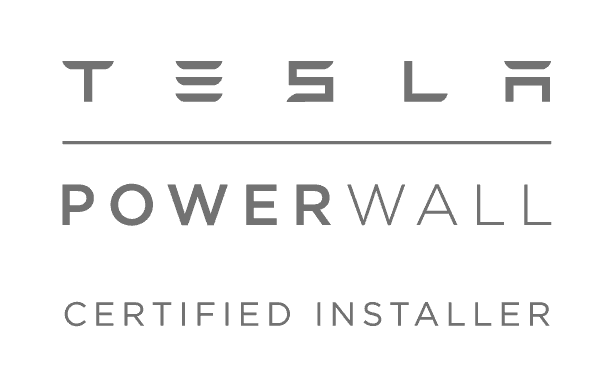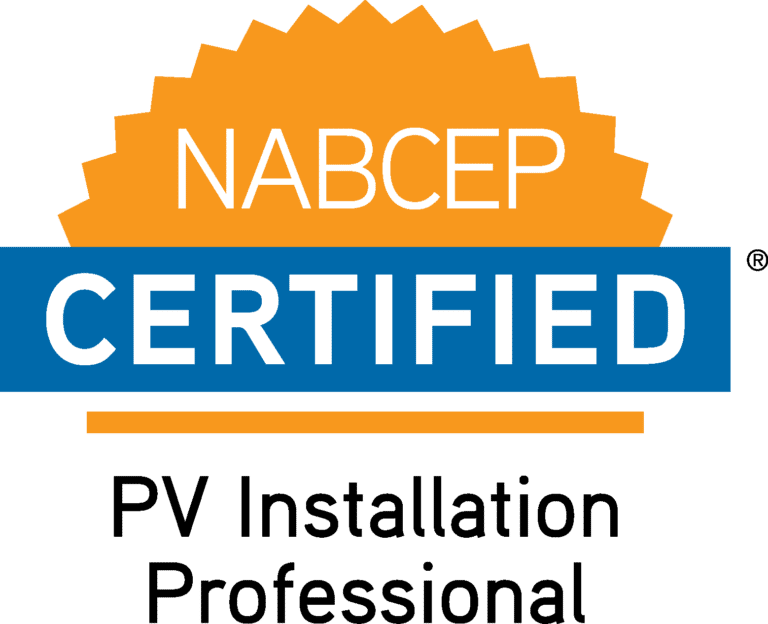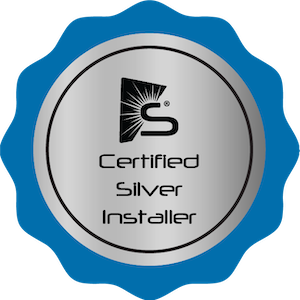If you’re thinking about going solar, you probably already know that solar panels work by generating clean, renewable electricity for your home. But have you ever thought about how this actually happens?
Learning about the science behind solar photovoltaic (PC) panels will give you a better understanding of how solar panels produce energy and will help you make more informed decisions during the solar buying process. Six Rivers Solar is here to help—with a simple guide that breaks down how solar panels work on a house or building!
What Is Solar Energy?
Before we dive into how solar panels work for your home or business, let’s review the definition of solar energy.
Solar energy is a term that’s used to describe sunlight that has been converted into thermal or electrical energy. It is the cleanest form of renewable energy available to us, and once you have solar panels installed, it’s completely free to use.
There are many uses of solar energy, the most common being electricity production for homes and businesses. Solar energy can be used to power electric lights and appliances, charge electric vehicles, and much more.
With a commercial solar or home solar installation, you’ll be able to enjoy solar energy advantages, including:
- Reduced or eliminated electric bills
- Greater freedom from your utility company
- Protection against rising electricity rates
- A smaller carbon footprint
- Protection against blackouts (with battery storage)
- Access to solar incentives and tax credits
How Solar Panels Work: Step by Step
Here’s how electricity production and flow work in a typical solar PV system:
- Sunlight hits the solar panels’ photovoltaic cells.
- Direct-current (DC) electricity is created.
- The DC electricity is transferred to a solar inverter.
- The inverter transforms the DC electricity into alternating-current (AC) electricity.
- The AC electricity is transported to the electrical panel and distributed throughout the house or building.
Any electricity not needed upon generation is transported to either a solar battery for storage or to the electrical grid. The electricity that flows into the grid spins your electric meter backward, earning you net metering credits. In an off-grid solar system, all excess electricity is stored in batteries.
Understanding the Science Behind Solar Energy Production
Now that we have a general overview of how electricity is generated and distributed by a solar panel system, let’s dive a little deeper into the science behind solar PV panels.
Solar PV panels generate electricity using a naturally occurring process called the photovoltaic effect. The photovoltaic effect is a quality certain materials have that allows them to generate an electrical current when exposed to sunlight, similar to how plants can generate glucose when exposed to sunlight. These materials are called semiconductors, and silicone is the most common.
Every PV panel is made up of silicone cells, called photovoltaic cells. When the photons of light hit these cells, electrons are knocked loose. The cell’s design forces these loosened electrons to flow towards the conductive metal plates that line each cell. The resulting energy current is directed into wires, which carry the electricity to an inverter so that it can be transformed into AC electricity. This step is necessary because the electric grid and all the homes and buildings connected to it use alternating current (AC).
Once the DC electricity has been transformed into AC electricity by the inverter, it is sent to the electrical panel and can be used to power your home, building, or farm.










